T4K3.news
Louisiana airburst fuels debate over lost civilization
New dating places a 12 800 year old airburst at the Younger Dryas boundary in Louisiana, prompting scrutiny from mainstream archaeologists.
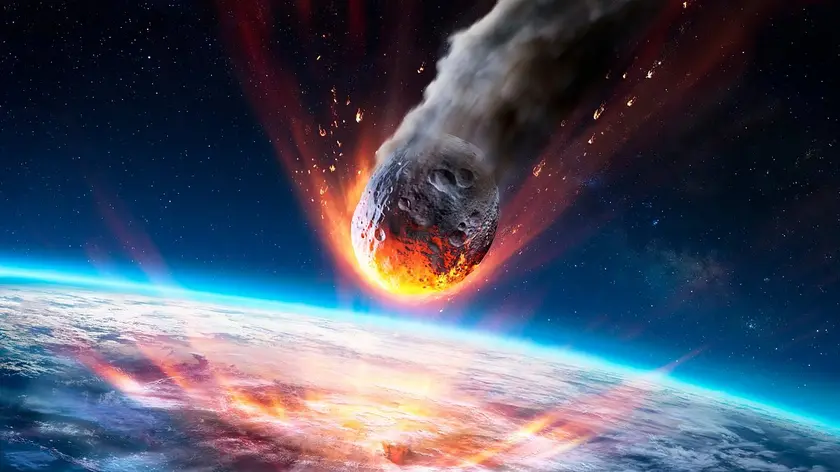
A cosmic airburst over Louisiana around 12 800 years ago is cited as evidence in a controversial theory about ancient advanced societies.
Louisiana airburst strengthens case for a lost civilization
Scientists say a large airburst crater may lie in Perkins, Louisiana, dating to about 12,800 years ago at the Younger Dryas boundary. The evidence includes a lake and a crater-like depression about 984 feet long, identified through radiometric dating and electron microscopy as consistent with a cosmic explosion in the atmosphere rather than a ground impact. If verified, the site would be one of the few identified airburst indicators from that era.
Graham Hancock and Allan West connect the finding to the idea of a lost advanced civilization wiped out by cosmic catastrophe. Mainstream archaeologists caution that the evidence is not conclusive and argue that myths and religious texts should be treated carefully. The scientists say the work challenges established views and urges broader peer review while acknowledging the evidence remains controversial.
Key Takeaways
"I'm exploring a mystery, and that mystery is a very strong feeling that the archaeological project is not giving us the whole story about the past."
Hancock on why he questions mainstream archaeology
"This event was enormous, equivalent to thousands or even tens of thousands of nuclear bombs exploding simultaneously."
West on the scale of the airburst
"I'm not optimistic for a sudden paradigm shift. Overturning established views is a slow, often hostile process."
Hancock on acceptance of fringe theories
The article spotlights a tension between fringe theories and mainstream science. It shows how dramatic new evidence can spark debate about how we interpret the past and underscores the need for careful, reproducible research rather than sensational claims.
If the data hold up under independent scrutiny, the discovery could shift thinking about early American prehistory and how climate events shaped human societies. But until then, the story reminds readers that science advances through cautious validation rather than dramatic headlines.
Highlights
- Comets can get caught in the sun's gravity and enter orbit.
- This event was enormous, equivalent to thousands or even tens of thousands of nuclear bombs exploding simultaneously.
- I'm not optimistic for a sudden paradigm shift.
- With enough evidence, the truth will eventually emerge, just not tomorrow or anytime soon.
Controversy surrounds lost civilization claims
The story ties a legal science debate to fringe theories, raising potential for backlash and public misunderstanding. The claims rest on controversial interpretations of evidence and myth, requiring rigorous peer review to avoid sensationalism.
The next round of peer review will test these claims.
Enjoyed this? Let your friends know!
Related News
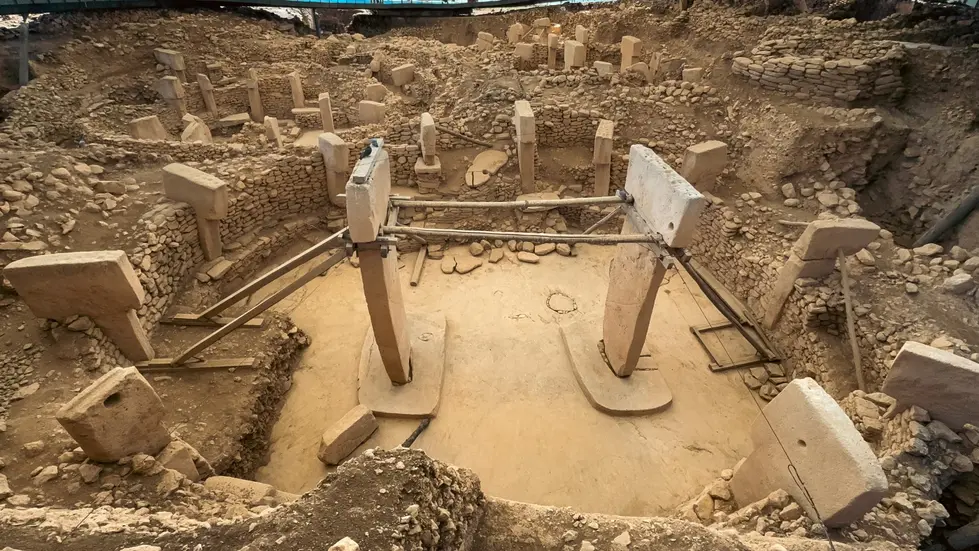
Gobekli Tepe fuels conspiracy theories
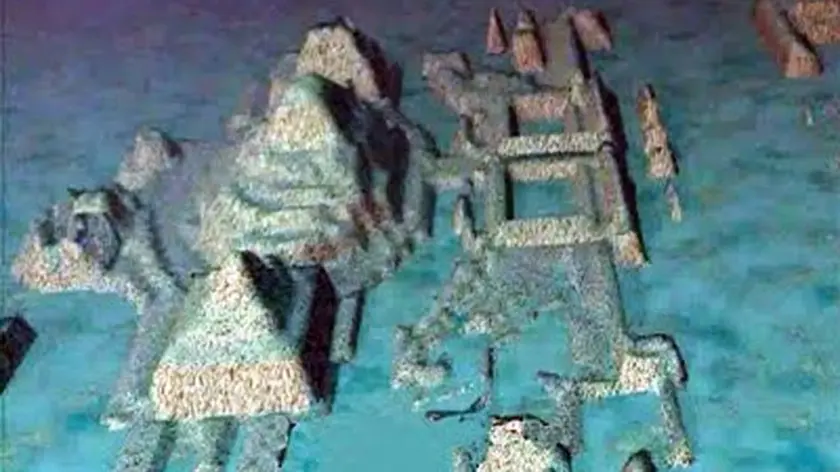
Ancient underwater city discovery raises historical debates

Mehdi Hasan on Surrounded draws global attention
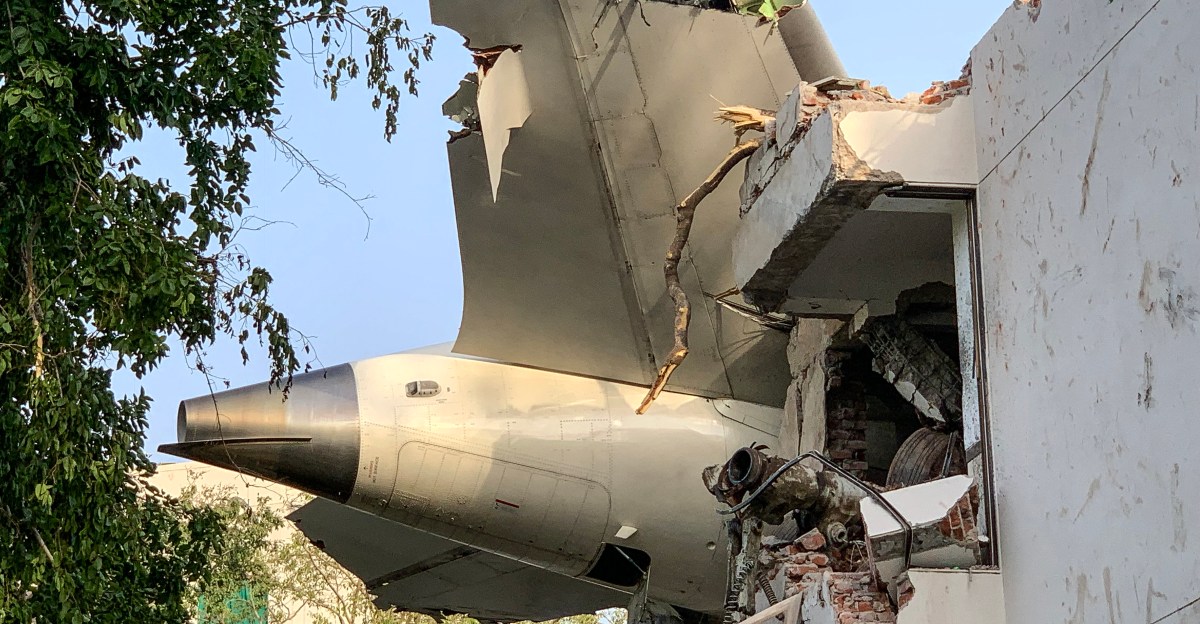
Air India 171 crash investigation underway
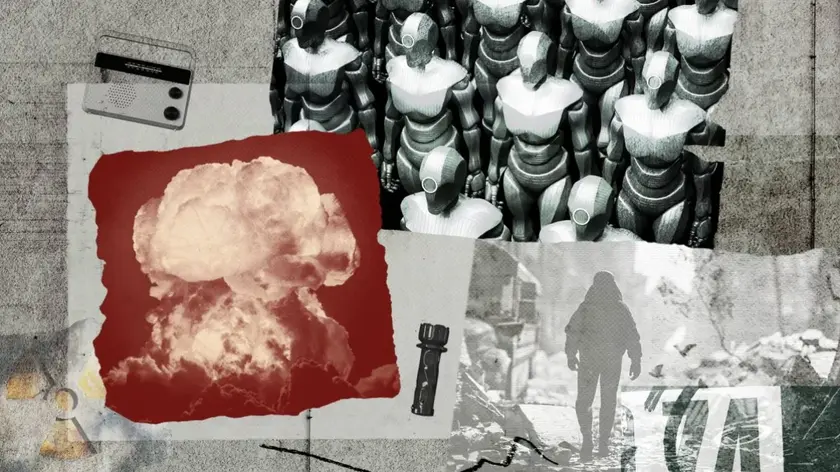
Existential threats to humanity highlighted

France blocks reintroduction of acetamiprid

Ranking all FBS programs for the 2025 season

Jackie Chan vs Bruce Lee debate intensifies
